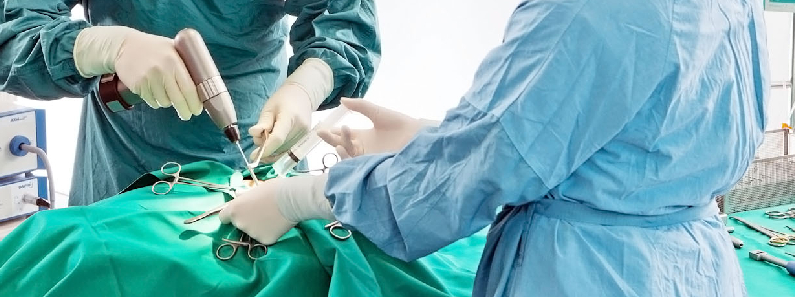
Arthroscopy is a modern procedure used to treat problem-related to a joint, in the human body. A small incision is made in the patient's skin to examine the joint.
The surgeon uses a tiny pen-sized instrument. This instrument contains a small lens and lighting instrument to the see the structure inside of the knee or shoulder joint. The Light then transmits via optical fiber to the end of the optical fiber. This way the surgeon gets a definite diagnosis of the joint without a significant cut in the skin or blood loss.
An arthroscope provides a more accurate glimpse of the bone-joint as compared to other imaging techniques like CT or MRI. The surgeon gets an HD and very detailed image of the joint. Arthroscopy helps in an accurate evaluation of the injury or damage to the joint also aids to provide a better, more precise and efficient treatment for the joint. Also due to the increased visibility of the joint, the damages to the nerves and blood vessels during surgery can be reduced significantly. Arthroscopy also reduces the risk of complications.
Advantages of Arthroscopy
Though being easier and minimally invasive than "open surgery," Arthroscopic surgery still needs a fully equipped hospital operating room with anesthetics and the specialized equipment.
More or less you will go through the following steps if you opt for an Arthroscopic surgery:-
Arthroscopy has reduced the recovery time very significantly. Still, even the small puncture wounds take several days to heal. The operative dressing can be removed the morning after surgery, and adhesive strips can be applied to cover the small healing incisions.
While your wounds heal, you need to keep the operated site as dry as possible. To do so you need to cover them with a plastic bag when you shower.
Your doctor will advise you to do some regular exercise to mobilize the joint once you go home. You will have have to avoid some activities until you are healed completely.